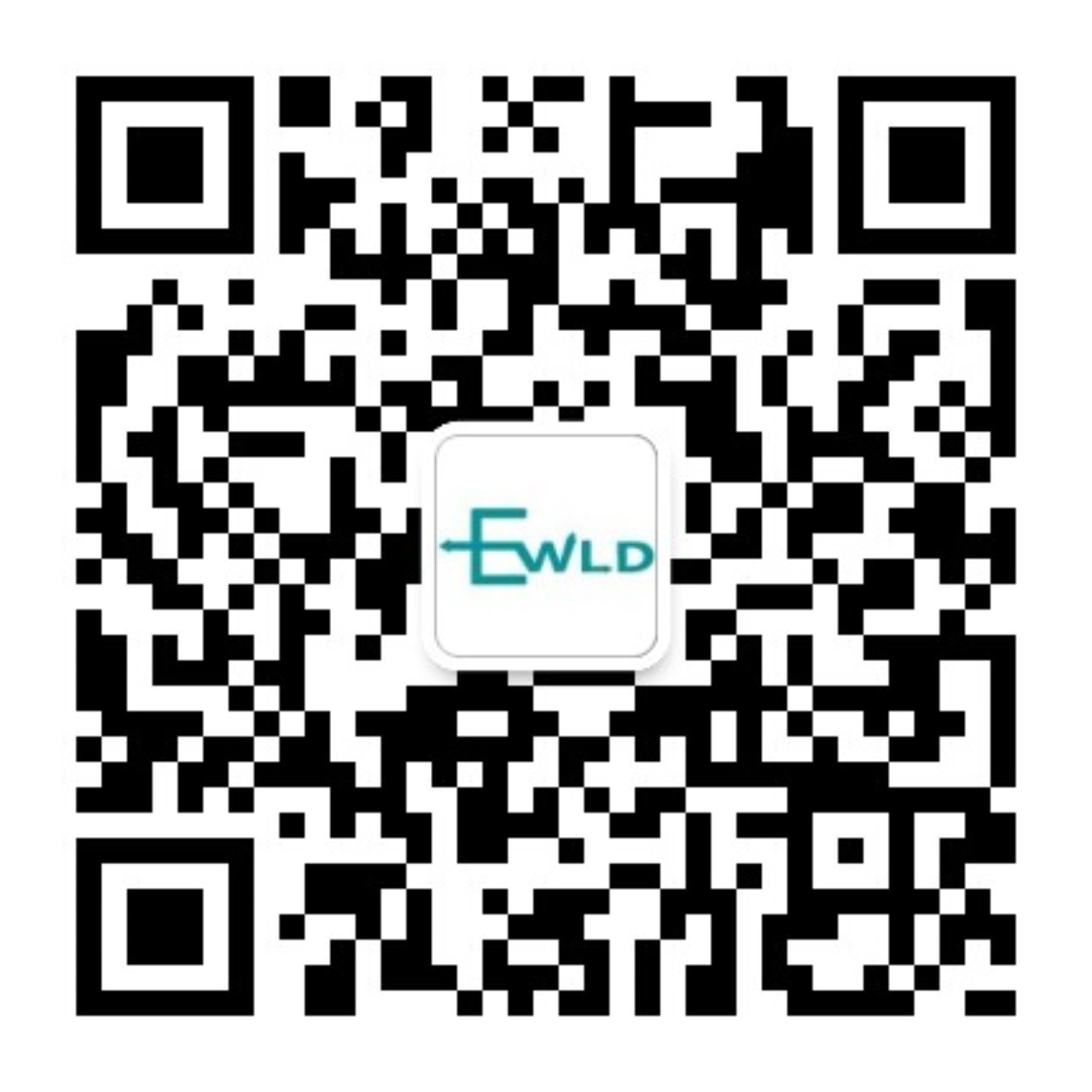Here is the professional English translation of the detailed content on high-power bidirectional DC-DC converter applications:
Applications of High-Power Bidirectional DC-DC Converters
High-power bidirectional DC-DC converters (typically ranging from tens of kilowatts to megawatts) are critical technologies in modern energy systems and power electronics. They enable efficient and flexible bidirectional energy flow between two DC ports, making them indispensable in numerous applications requiring energy recovery, multi-source coordination, or DC bus stabilization. Key application areas include:
-
Electric Vehicles (EVs) and Charging Infrastructure:
-
On-Board Chargers (OBC): Advanced OBCs not only support charging the battery from the grid (AC) but also feeding battery energy back to the grid (V2G) or home (V2H). High-power bidirectional DC-DC converters are core components enabling bidirectional energy flow between the high-voltage battery pack and the intermediate DC bus, especially in integrated electric drive systems (combining OBC, DC-DC, and drive inverter).
-
Battery Testing Equipment: Testing high-power battery packs (e.g., for EVs) requires efficient charge/discharge cycling. High-power bidirectional DC-DC converters, connected to a DC grid or battery emulator, can efficiently feed the energy discharged from the battery under test back to the grid or bus, instead of dissipating it as heat in resistors, significantly saving energy and cooling costs.
-
Ultra-Fast Charging/Battery Swap Stations: V2G-capable ultra-fast charging stations require internal bidirectional DC-DC converters to manage energy flow between the Battery Energy Storage System (BESS) and the charger's DC bus. In battery swap stations, they manage energy transfer and balancing between the station's BESS, battery packs, and charging racks.
-
Energy Storage Systems (ESS):
-
Grid-Scale/Commercial & Industrial ESS: Large-scale BESS require bidirectional DC-DC converters to boost/buck the battery voltage (typically lower with a wide range) to match the stable voltage of the DC bus (e.g., connected to the DC side of PV inverters or Power Conversion Systems - PCS), enabling efficient charge/discharge control. This is the fundamental hardware for energy management systems performing applications like peak shaving, valley filling, and frequency regulation.
-
DC Microgrids: In DC microgrids comprising PV, storage, and loads, bidirectional DC-DC converters play a central role:
-
Interfacing Storage Units at Different Voltage Levels: e.g., connecting low-voltage battery packs to a high-voltage DC bus.
-
Stabilizing DC Bus Voltage: Maintaining bus voltage stability by rapidly adjusting energy flow direction (charge or discharge), especially during sudden load changes or renewable energy generation fluctuations.
-
Enabling Coordinated Control among Sources, Storage, and Loads.
-
Renewable Energy Generation:
-
PV-Storage Hybrid Systems: In large-scale PV plants with co-located storage, bidirectional DC-DC converters manage energy exchange between the storage batteries and the DC side of PV inverters or the AC side (via PCS). They are crucial for maintaining system stability in off-grid or weak-grid scenarios.
-
Hydrogen Energy Storage: In "electricity-to-hydrogen-to-electricity" storage systems, bidirectional DC-DC converters interface electrolyzers (consuming power during hydrogen production) and fuel cells (generating power) with the DC bus or BESS, providing an efficient energy conversion interface.
-
Industrial Applications:
-
DC Power Supply Systems: Increasingly adopted in data centers and factories for higher efficiency, using high-voltage DC (HVDC) distribution. Bidirectional DC-DC converters are used for:
-
Connecting backup BESS to the DC bus.
-
Interconnecting DC buses at different voltage levels and enabling energy exchange.
-
Replacing rectifiers and inverters in traditional UPS systems to build more efficient "AC-DC-Battery-DC Load" architectures.
-
Port Shore Power (Cold Ironing): Ships at berth can use onshore BESS, connected via bidirectional DC-DC converters and inverters, to power onboard systems instead of using auxiliary engines, reducing pollution and noise. The BESS can be charged from the grid or renewables.
-
Regenerative Energy Recovery: In large motor drive systems (e.g., elevators, cranes, centrifuges, mining equipment), significant energy is regenerated during braking. High-power bidirectional DC-DC converters can recover this energy into storage batteries or supercapacitors for later use or feed it back to the grid/DC bus, achieving substantial energy savings.
-
Rail Transportation:
-
Regenerative Braking Energy Utilization: Subways, trams, etc., generate enormous energy during braking. Onboard or wayside high-power bidirectional DC-DC converters combined with ESS (e.g., supercapacitors, batteries) efficiently capture this braking energy and release it during vehicle acceleration, reducing grid impact and saving energy. Also applicable to trolleybuses.
-
Special Vehicles and Machinery:
-
Electric Mining Trucks, Construction Machinery: Recover energy during downhill travel or braking into batteries, extending range and reducing brake wear.
-
Hybrid Electric/Range-Extended Vehicles: Manage energy flow between the engine-generator, battery, and drive system.
Technical Challenges and Key Points for High-Power Bidirectional DC-DC Converters:
-
High Efficiency: At high power levels, even small efficiency losses translate into significant heat. Therefore, topology selection (e.g., LLC, Dual Active Bridge - DAB, multiphase interleaving), soft-switching techniques (ZVS, ZCS), and low-loss semiconductors (SiC, GaN MOSFETs) are critical.
-
High Power Density: Requires compact designs, placing high demands on magnetics (high-frequency transformers, inductors), thermal management (e.g., liquid cooling), and packaging.
-
High Reliability: Critical applications (e.g., grid, automotive) demand long lifespan and high-reliability design.
-
Thermal Management: Heat dissipation is a core challenge for high-power systems, necessitating highly efficient cooling solutions.
-
Electromagnetic Compatibility (EMC): High power and high-frequency switching pose severe EMI challenges.
-
Control Complexity: Requires precise, fast, and stable bidirectional control strategies for accurate voltage/current regulation, seamless mode transitions, and current sharing control in parallel-connected modules.
-
Cost: High-power SiC/GaN devices, high-performance magnetics, and advanced thermal solutions lead to relatively high costs.
Summary:
High-power bidirectional DC-DC converters are core enabling technologies for efficient bidirectional energy flow, enhancing system flexibility and energy utilization efficiency. With the proliferation of EVs, large-scale renewable integration, decreasing ESS costs, and the development of DC microgrids, their applications are rapidly expanding and deepening. They play an increasingly vital role in the energy transition towards achieving "Dual Carbon" goals. Addressing challenges in efficiency, power density, reliability, and cost are key current research and development focus areas.










